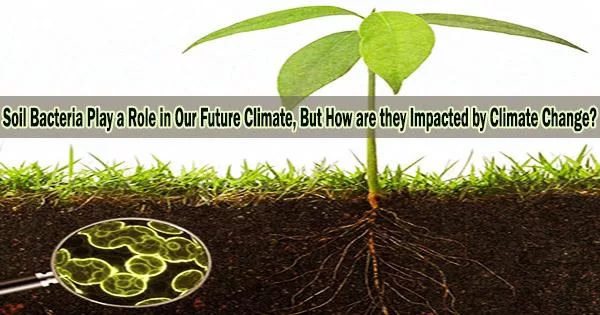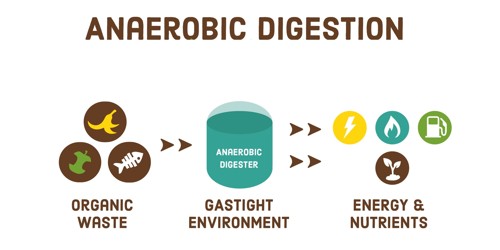Climate change affects soil microbes through alterations in temperature, moisture, and nutrient availability, leading to changes in microbial diversity, distribution, and function. These changes can result in reduced soil fertility and carbon storage, altered nutrient cycling, and increased greenhouse gas emissions.
The largest terrestrial carbon sink on Earth is the planet’s soil. One of the main concerns is that a warming globe will release large amounts of the carbon in the soil, converting it to carbon dioxide (CO2) gas, speeding up the rate of planetary warming.
The microbe, the most common type of life on Earth, is a significant character in this narrative. It has the ability to either transform organic carbon from decaying tree stumps, dead roots, and other organic matter into soil or release it as CO2 into the atmosphere.
One of the trickiest issues connecting soil microbes and climate change has now been resolved thanks to an international team of scientists lead by the University of Massachusetts Amherst: what impact does a warming globe have on the microbes’ carbon cycling?
Surprisingly, the rate at which soil bacteria respire CO2 reduces when temperature rises, but only during the summer. The rest of the year, microbial activity is essentially consistent with past patterns.
Sampling soils that have been warmed for 13 and 28 years helped us elucidate how resilient to changes microorganisms are to shifts in temperature.
Luiz A. Domeignoz-Horta
But there’s a catch to this seemingly happy story.
Soil microbes are releasing less CO2 in the summer because they’re starving. Additionally, they are hungry as a result of long-term warming endangering deciduous trees, whose decaying leaves the microorganisms feed on.
“One of the major outcomes of our study,” says Kristen DeAngelis, professor of microbiology at the University of Massachusetts Amherst and senior author of the study, recently published in the journal Global Change Biology, “is that all those autumn leaves mitigate the negative effects of global warming on soil microbes.” For now.
However, with fewer dead leaves, the bacteria have less food to feed on, which appears to be causing a decrease in microbial biomass over the summer.
To reach these conclusions, DeAngelis and her co-authors teamed up with two remarkable, long-term studies sited at the Harvard Forest: a project begun in 1991 by co-author Jerry Melillo on soil warming in forest ecosystems, and another, begun by co-author Serita Frey in 2006, focused on soil microbes and warming.
“Sampling soils that have been warmed for 13 and 28 years helped us elucidate how resilient to changes microorganisms are to shifts in temperature,” says Luiz A. Domeignoz-Horta, the paper’s lead author, who completed this research while at UMass Amherst and who is now a post-doctoral fellow in the Department of Evolutionary Biology and Environmental Studies at the University of Zurich.
While it makes sense that the burning of fossil fuels has received much of the emphasis when it comes to climate change, it is equally crucial for scientists to comprehend the “carbon budget,” or the entire cycle of how carbon moves through the air, soil, and water.
“Once I woke up to climate change, I thought ‘what can I as a microbiologist do,’” says DeAngelis.
With the aid of the most recent studies, climate modelers now have a better grasp of how carbon interacts with soil, which will help us all prepare for global warming.
The National Science Foundation and the U.S. Department of Energy supported this research.
















